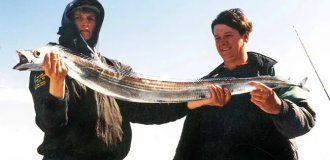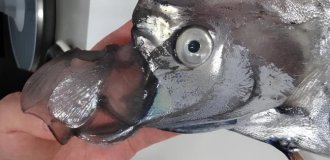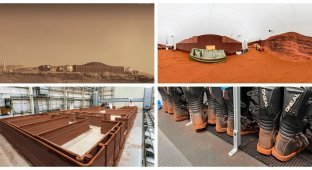Four volunteer scientists have completed their stay in NASA's most realistic Mars simulation to date, spending 45 days in the harsh reality of life on the Red Planet. 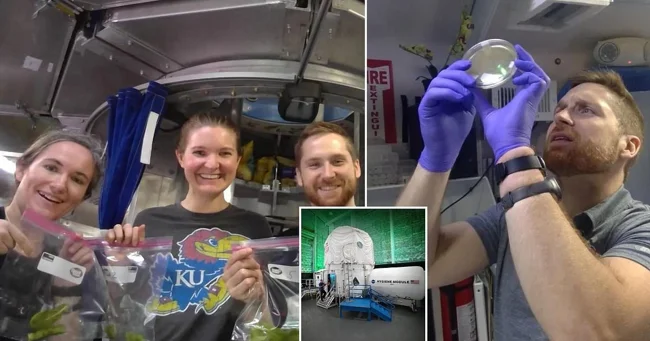
During this time, the crew was completely isolated in the Human Exploration Research Analog (HERA), a 200-square-meter facility located at NASA's Johnson Space Center in Houston, Texas. It was not until September 23 that the hatch opened and they finally returned to Earth.
During their time inside, they conducted 18 different studies that will help understand how people respond to confinement, difficult working and living conditions, and the remote conditions of deep space travel.
NASA aims to send humans to Mars by the 2030s. Simulated missions like HERA provide key information on how astronauts might survive the longest spaceflight to date. 
From left to right: Sergey Yakimov, Sarah Elizabeth McCandless, Erin Anderson, and Brandon Kent
The four-person crew of Erin Anderson, Sergey Yakimov, Sarah Elizabeth McCandless, and Brandon Kent were the third to enter the HERA habitat.
Their mission was unique in that it included more detailed tasks designed to accurately replicate the experience of living and working on Mars.
Over the course of a month and a half, the crew completed a variety of tasks. 
Their tasks included harvesting plants from a hydroponic garden, growing shrimp, launching a small satellite, taking virtual walks on the surface of Mars, and flying drones over the Martian environment. According to a statement from NASA, these activities were designed to immerse the crew in an atmosphere typical of astronauts. 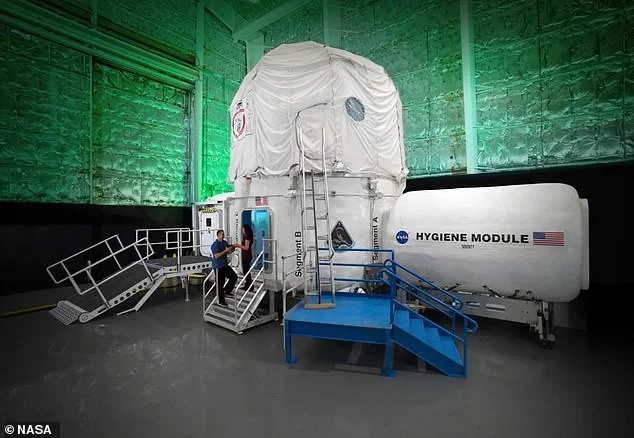
The third HERA crew arrived at the habitat on August 9
NASA has modeled the communication delays astronauts might face on missions to Mars. Communications with Earth could take up to 20 minutes, and vice versa. 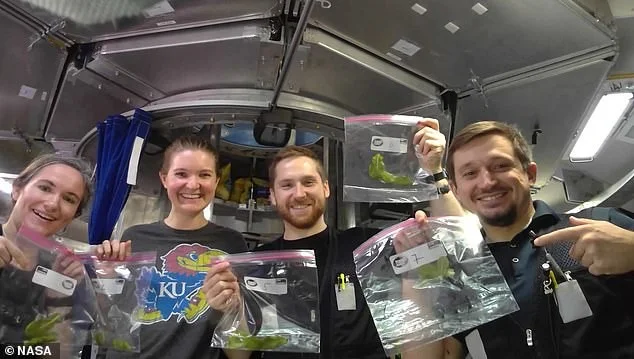
NASA scientists monitored the crew to assess the effects of space isolation on behavior and productivity.
In their free time, the crew read books, played cards, built construction sets, and listened to music. 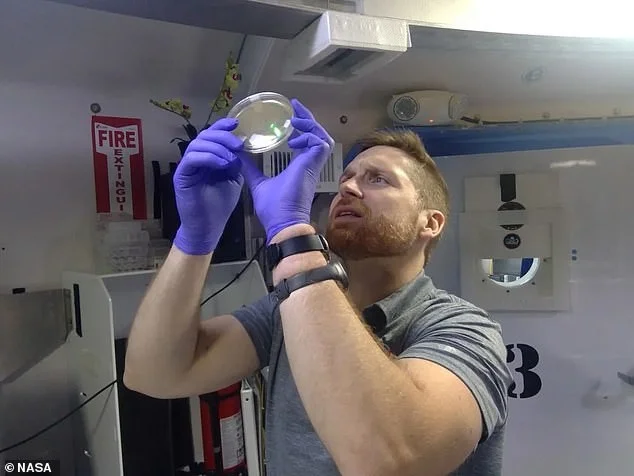
NASA also operates another, larger model habitat on Mars known as CHAPEA — Crew Health and Performance Exploration Analog. It’s a 1,700-square-foot (158-square-meter) space that’s large enough to house volunteers for a year.
The first group of CHAPEA volunteers left their home in July. NASA is currently actively seeking non-smoking volunteers between the ages of 30 and 55 for the next HERA mission.
1 comment
Add your comment
You might be interested in:



